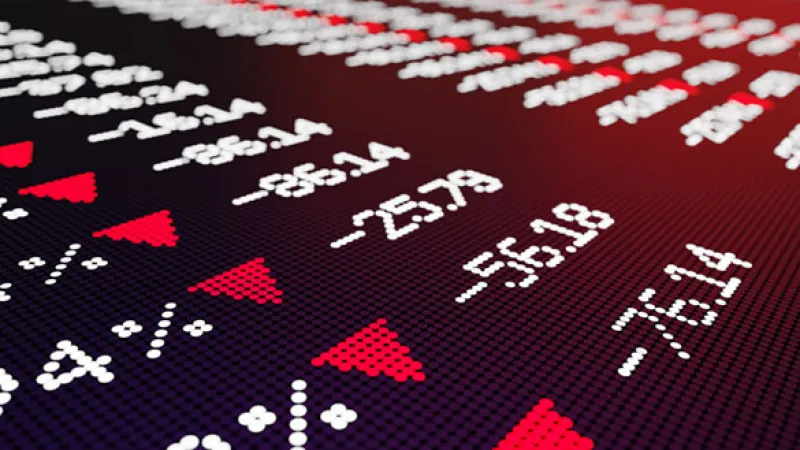When a market bubble is about to burst, most investors tend to believe that some stocks will still outperform others. So instead of reducing their bubble exposure, they turn to the so-called “defensive bubble stocks” — often those concentrated in the technology sector — for refuge.
But according to a recent report by Richard Bernstein Advisors, even ostensibly high-quality tech stocks can’t be considered a safe haven in a bear market. And that goes for both proven leaders and potential future high-flyers. More often than not, investors in this situation are simply setting themselves up for losses, according to Dan Suzuki, deputy chief investment officer at RBA.
Suzuki found that the stocks of the ten largest established leaders in the tech sector dropped by an average of 84 percent from their tech bubble peaks during the 2000-2002 bear market. Microsoft, for example, slumped 61 percent in that time, and the company didn’t return to its bubble peak for another 14 years. Companies like Nokia, Time Warner, and Sun Microsystems simply never recovered.
The performance of perceived future stock winners also paints a gloomy outlook for investors. In this new category, Suzuki studied the performance of today’s ten largest tech stocks (excluding any that weren’t publicly traded at the peak of the tech bubble) and found that their prices had fallen by an average of 72 percent during the post-tech bubble bear market, and that it took them an average of 11.5 years to recover. Even the best stock performer, Apple, which took just under five years to recover, saw its market capitalization shrink by 80 percent from its tech bubble peak.
The report noted that only four of the 63 tech stocks in the S&P 500 at the time outperformed the benchmark during the crash of the early 2000s, and none of the companies — which included radio data collector Arbitron (now Nielsen Audio), human resource software provider PeopleSoft (now part of Oracle), printer maker IKON, and chemical supplier EMD Millipore — were among the big tech brands. “What investors may find most surprising,” the authors noted, “is that none of the four outperformers were established leaders or future winners. In fact, they were generally higher-beta and smaller-cap tech stocks that are all but forgotten today.”
According to RBA, the sector with the smallest percentage of stocks that outperformed the S&P 500 after the tech bubble peak was information technology, with only 4 percent. As a comparison, at least 60 percent of the stocks in sectors such as financials, health care, industrials, and consumer discretionary performed better than the S&P over the same period.
Since tech stocks are usually less sensitive to the market, more prone to be undervalued, and tend to generate more stable revenues, they are naturally expected to outperform when the bubble bursts, Suzuki wrote in the report. “However, we found that within the tech sector, these characteristics were essentially irrelevant to stock performance as the bubble deflated.”
His advice? “The only way to protect [yourself] from a bubble,” he concluded, “is to get as far away from it as you can.”







